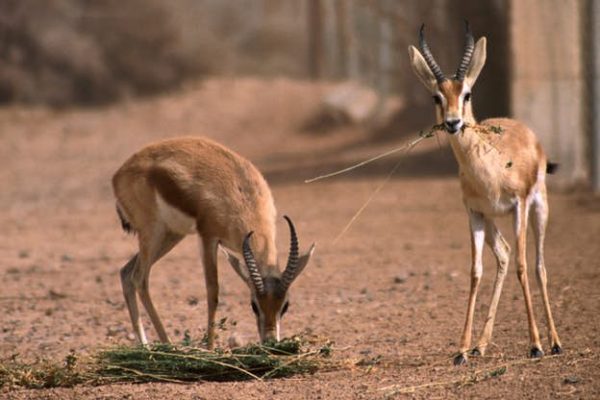Azraq
Azraq is a unique wetland oasis located in the heart of the semi-arid Jordanian eastern desert, one of several beautiful nature reserves managed by the RSCN. Its attractions include several natural and ancient-built pools, a seasonally flooded marshland, and a large mudflat known as Qa’a Al-Azraq. A wide variety of birds stop at the reserve each year to rest during their arduous migration routes between Asia and Africa. Some stay for the winter or breed within the protected areas of the wetland.
The best time to visit Al-Azraq is late autumn, winter or spring. Winter rains often create pools and marshes over the reserve, which continue to attract many seasonal species of birds. The success of bird-watching visits depends largely on the amount of water that has accumulated in the reserve.
Geology
Shawmari
The Shawmari Reserve supports a rich variety of desert plants, mainly because the vegetation inside the reserve is protected from the heavy grazing of sheep and goats outside its perimeters. Shawmari contains a very large number of species of plants, including Atriplex, a natural food source for the Onager and Oryx.
